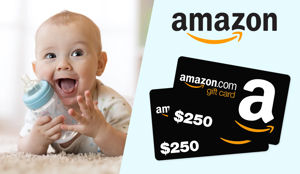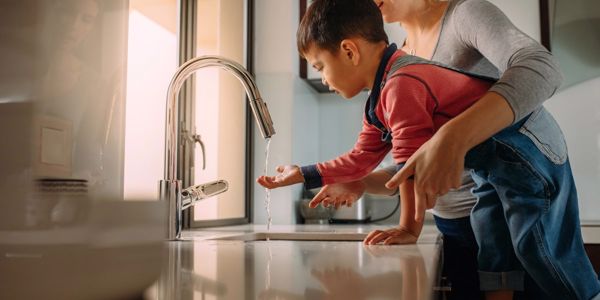Having a baby in spring or summer can seem like the best-case scenario. There's plenty of fresh air and time outdoors, as well as splashing around in the kiddy pool. When the temperature drops and autumn arrives, it can be tempting to wrap your baby up in loads of layers. However, there are a few safety concerns to be aware of, especially with younger babies.
The temperature in your baby's bedroom should be between 68 and 72 degrees. This is the optimum range for when they are sleeping. The best method for checking the temperature is a room thermometer, as adults can perceive feel temperatures differently than children.
When it comes to pajamas, it's better to leave towards the cautious side. Don't be tempted to dress your baby in a lot of layers or give them multiple blankets. Instead, look at how many layers you will be wearing to bed. There are plenty of variations of sleepwear available for the babies, including onesies and pajama sets. If you are using a sleeping bag for your baby, make sure that your baby's clothes can't get tangled in it easily. Duvets and pillows are not recommended for children under one-year-old, so stick to blankets or a sleeping bag.

When you're going out, layers is actually a good option. Choose items which you can add and remove easily. A padded snowsuit is a popular choice, especially for newborns, and these can be easily layered over other clothes. Do not leave your child in a snowsuit or thick padded coat when they are strapped into their car seats. Wearing a thick coat means that the straps will be looser and will provide less protection in the event of an accident. If your child is cold, add a blanket over them after they have been strapped in.
You should be able to find a cozy toes option for your stroller. This is an item that looks much like a miniature sleeping bag but fits into the seat of your carrier. Look for the manufacturers' recommendation or a universal model that will suit your needs. This usually consists of two pieces, which can be zipped together. The base piece needs to be fitted underneath the harness so you be sure to check the instructions on how to do this and install it correctly. Ensure that the harness can still be used effectively after the cozy toes have been fitted.
Simply click here and enter your details for your chance to win a $250 Amazon spend today!
Minor illnesses like coughs and colds are very common in the autumn and winter months and can often result in your child suffering from a fever. You should always contact your GP or health advisor if your baby has a temperature over 100 degrees if they’re younger than three months, or over 102 degrees if they’re between three and six months. If your child does have a fever, try to lower their temperature slowly. You should also make sure that they do not become dehydrated. Even if they do not want to eat anything, make sure that you are maintaining their usual fluid intake whether this is milk or water. Signs of dehydration include dry diapers, a dry mouth and sunken eyes. If you have any concerns at all, call your pediatrician or local nurse hotline for clarification. It is better to call with a ‘silly’ question than to let a situation get too far out of hand and end up with a more severely sick baby.





